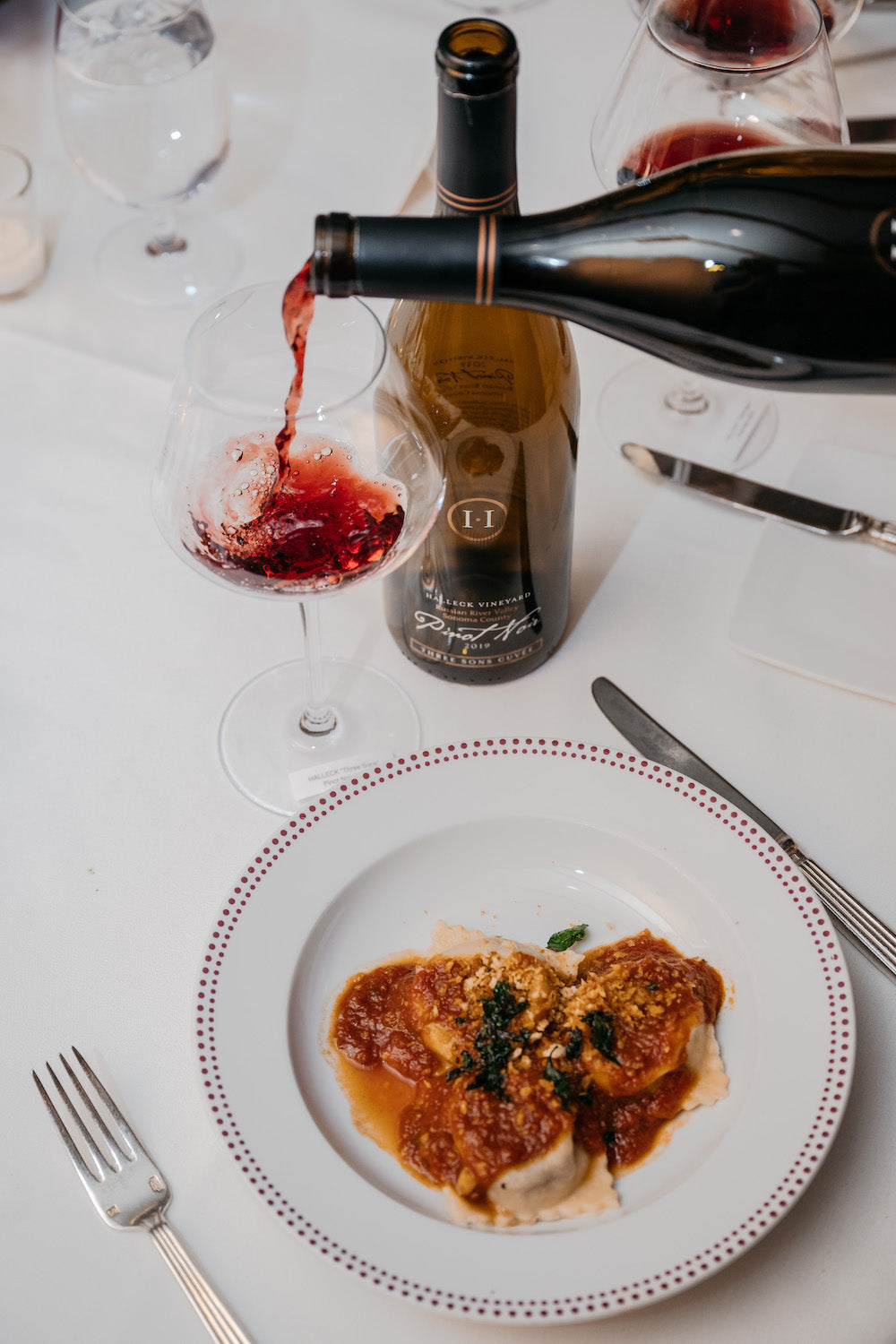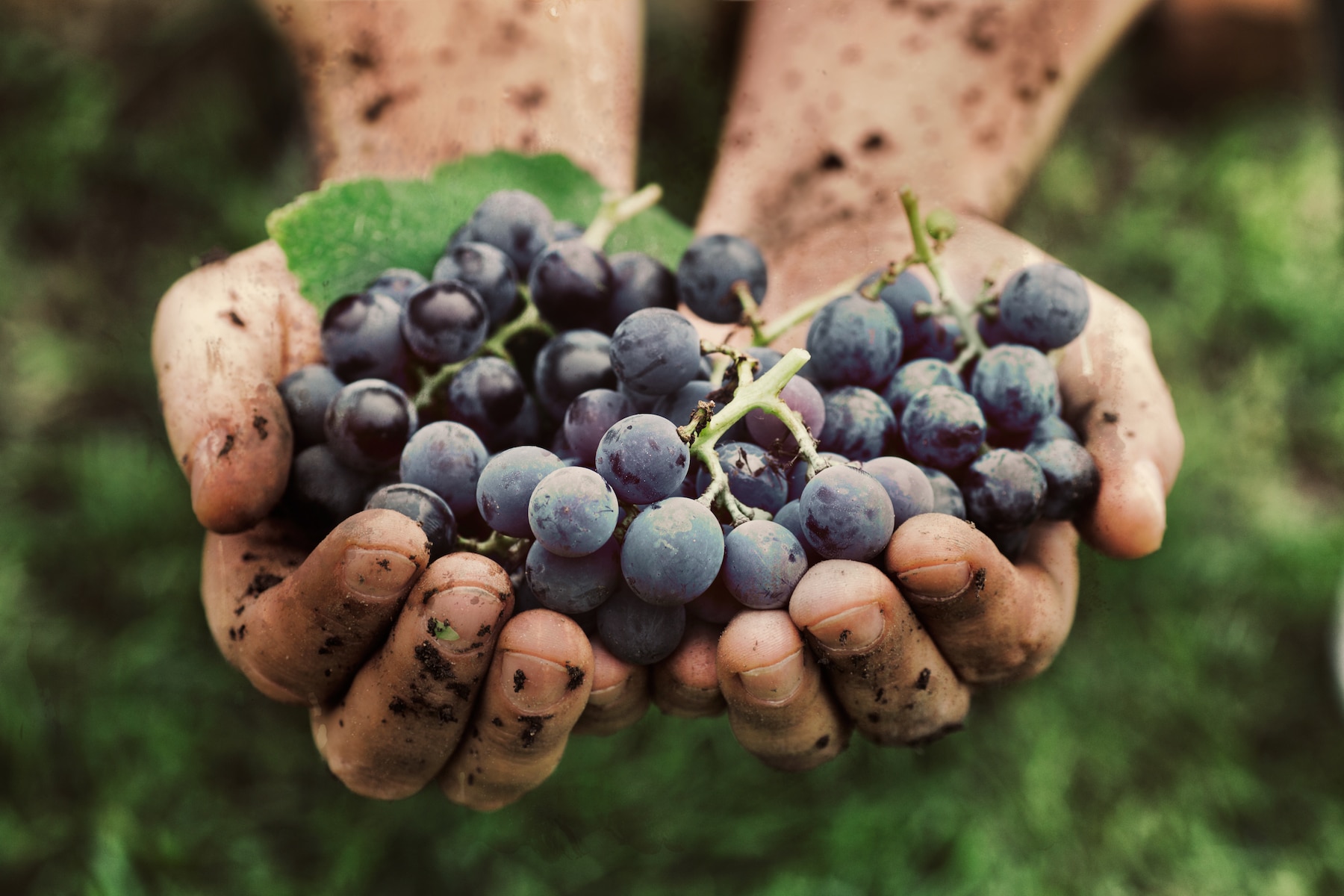Wineries Featuring Vineyard Tours - Sebastopol Vineyard Visits
Wineries Featuring Vineyard Tours - Sebastopol Vineyard Visits
Blog Article
Wine Tasting Trails In Sonoma Valley - Explore Sebastopol Area Vineyards
Wine tasting is an art that mixes sensory experience with an appreciation for the nuances of various varietals. How to gauge flavors in winery wine tasting periods is pivotal to grasping the complexities of wine.
Engaging in a wine tasting entails greater than simply sipping and savoring. It requires a centered method to establish aromas and flavors that every wine presents. As you start, observe the wine's look, noting its color and readability. These visual cues usually counsel a wine’s age, grape selection, and even potential flavor profiles.
The next step in the tasting course of is to swirl the wine in your glass. This motion releases fragrant compounds which may be important for analysis. Lean in and take a moment to inhale deeply; the aromas can vary from floral and fruity to spicy and earthy. The nose of the wine is just as necessary because the palate, and recognizing scents plays a major position in understanding the overall experience.
When taking your first sip, allow the wine to maneuver across your palate - Wineries Offering Off The Beaten Path Experiences. Discover the preliminary flavors that current themselves. Is the wine fruity, floral, or maybe herbaceous? This initial style offers perception into what the wine is prone to specific as you continue to evaluate it. The mouthfeel additionally contributes to the overall flavor experience; it could be silky, tannic, or even effervescent.
Upcoming Wine Festivals In Sonoma County - Wineries With Outdoor Tastings In Sebastopol
As you proceed tasting, take note of the wine’s balance. A well-balanced wine will harmonize acidity, sweetness, and tannins. If one component overwhelms the others, it would point out a less desirable high quality. Evaluating balance may help you establish how properly the wine might pair with food.
Transitioning to the end, consider how the flavors evolve because the wine lingers in your palate. A lengthy, pleasant end can point out a high-quality wine, while a short or abrupt finish may counsel in any other case. Mirror on whether the flavors stay constant or if new notes emerge as the wine settles. This development can reveal complexities and intricacies that might not have been apparent in the preliminary tasting.
Temperature can be a vital think about evaluating wine flavors. Completely Different forms of wine are optimally loved at specific temperatures. White wines often shine when chilled, while red wines usually perform best at room temperature. When tasting, make positive the wine is on the acceptable temperature to completely appreciate its character.
Sonoma's Top Sparkling Wine Producers - Best Vineyard In Sonoma
Pairing food with wine can greatly improve the tasting experience. Foods can affect the notion of flavors in wine, either highlighting sure characteristics or diminishing them. When evaluating flavors, consider how the wine interacts with different foods, noticing which flavors are amplified or muted (Wineries In Dry Creek Valley).
Think About the influence of terroir as you interact in a winery tasting. Terroir encompasses the unique environmental factors that affect grape rising, including soil composition, local weather, and geography. Understanding a wine's terroir can provide insight into its flavors and aromas, fostering a deeper appreciation for the choices made during its cultivation and manufacturing.
Training performs a basic role in enhancing one's ability to gauge wine flavors. Learning about grape varieties, wine regions, and production methods can pave the way in which for extra knowledgeable judgments during tastings. Moreover, attending workshops or classes can refine sensory skills and increase your flavor vocabulary, enabling you to articulate tasting notes more successfully.

Lastly, it's important to keep in thoughts that evaluating wine flavors is a highly personal experience. Particular Person preferences and perceptions will invariably shape one’s tasting journey. Enjoyment ought to be at the forefront, with the evaluation process performing as a software to reinforce understanding and appreciation somewhat than create inflexible pointers.
Wineries Specializing In Sparkling Wines - Vineyard Visits And Wine Tasting In Sonoma
In conclusion, mastering how to consider flavors in winery wine tasting periods includes a mixture of sensory engagement, information, and practice. By studying to identify aromas, assess the steadiness, and recognize the intricacies of flavor, wine enthusiasts can deepen their connection to each bottle they encounter. As with any art kind, the extra one immerses themselves in the experience, the extra they will discover and enjoy the vast world of wine.
- Begin by observing the wine's color and clarity, as these visible elements can hint at its flavor profile and growing older potential.
- Swirl the wine gently in your glass; this releases fragrant compounds, allowing you to better establish the complicated scents related to the wine.
- Take a deep inhale before tasting, specializing in both major and secondary aromas to gather insights on fruits, spices, and different nuances.
- When tasting, enable the wine to coat your palate; note the initial flavors, the mid-palate complexity, and the end as these phases can provide different flavor highlights.
- Pay attention to texture and mouthfeel, as aspects corresponding to tannin levels, acidity, and sweetness contribute significantly to the overall tasting experience.
- Examine flavors against commonplace wine characteristics; for purple wines, contemplate berry notes, oak affect, and natural tones, while whites could embody citrus, stone fruits, and floral hints.
- Take notes in the course of the tasting session to track your impressions, serving to you to recollect and consider the completely different wines sampled.
- Focus On your findings with fellow tasters or winery workers, as sharing insights can improve understanding and appreciation of particular person flavors.
- Enable time for the wine to breathe; generally, flavors evolve and reveal new dimensions after being uncovered to air.
- Experiment with food pairings in the course of the tasting as they will dramatically alter how flavors are perceived, influencing general enjoyment.undefinedWhat should I look for when evaluating the aroma of wine throughout a tasting?
Begin by swirling the wine in your glass to release its aromas. Bring the glass to your nose and take a deep breath. Pay consideration to the primary scents you detect, as these are sometimes the most distinguished. Look for fruit, floral, natural, or earthy notes and attempt to determine particular traits, which will deepen your understanding of the wine's complexity.
Wineries Offering Private Events - Craft Wineries In Sonoma

How can I distinguish between different flavor profiles in wine?
Understand that flavor profiles are sometimes categorized as fruit, floral, herbaceous, spicy, or mineral. Take small sips and allow the wine to coat your palate. Discover the primary flavors that emerge first and the refined notes that comply with. visit their website This layering is important in distinguishing the wine's characteristics and can assist you to respect its unique profile.
Off The Beaten Path Wineries In Sonoma - Enjoying The Best Wineries In Sebastopol
What is the significance of the wine's texture in a tasting?

The texture of the wine, also referred to as mouthfeel, performs a vital role in how we perceive flavors. Pay attention to whether the wine feels easy, creamy, or gritty. The physique of the wine (light, medium, or full) can improve or contrast with flavors, providing a extra rounded experience throughout tasting.
How do I assess the steadiness of flavors in wine?
Stability in wine refers again to the harmony between acidity, sweetness, tannin, and alcohol. Take a second to assess whether these components complement or interfere with one another. A well-balanced wine could have none of its components overpowering the others, creating a nice tasting experience.
Unique Wine And Food Pairings In Sonoma - Exploring The Vineyards In Sonoma County
What function does temperature play in evaluating wine flavors?
Temperature can significantly impression the notion of flavors. Typically, purple wines are greatest served slightly beneath room temperature, whereas white wines get pleasure from being chilled. As the temperature adjustments, the aromas and flavors can shift, allowing you to understand different traits. It’s essential to style wine at its optimal temperature for true evaluation.
Innovative Wine-Making Techniques In Sonoma Valley - Luxury Wine Tasting In Sonoma County
How can I improve my tasting skills over time?
Practice is key to bettering your tasting skills. Wineries Offering Off The Beaten Path Experiences. Attend tastings, hold a journal of your experiences, and discover different varieties of wines to broaden your palate. Additionally, learning about wine manufacturing and grape varieties can present context that enhances your evaluation process, making you a extra knowledgeable taster.
Is there a particular order in which I ought to style the wines?
Wineries With Artisan Chocolate Pairings In Sonoma - Sonoma Wineries With Vineyard Views
Sure, it’s advisable to taste wines from light to full-bodied and dry to sweet. This progression prevents the stronger flavors from overshadowing the extra delicate ones, allowing you to fully respect every wine's traits and nuances with out palate fatigue.
How can I evaluate the aftertaste of wine?
Romantic Winery Destinations In Sebastopol - Sonoma Vineyards For A Perfect Day Out
The aftertaste, or end, is a crucial aspect of the wine-tasting experience. After swallowing, pay attention to how Visit Your URL long the flavors linger on your palate and whether they change. A long, nice finish is usually an indicator of a high-quality wine, whereas a short or unpleasant end could suggest in any other case.
Why is it important to note the wine’s acidity during tasting?
Acidity contributes to the general freshness and construction of the wine. Pay consideration to the tingling sensation on your tongue; higher acidity can enhance the wine's liveliness and steadiness out sweetness. Noting acidity helps decide the wine's versatility with food and its aging potential.
What ought to I do if I battle to establish particular flavors in wine?
Wineries Showcasing Local Art And Crafts - Best Wineries In Sonoma For A Wine Experience
Struggling to identify flavors is widespread, especially for novices. Focus on broader classes and describe what you'll find a way to recognize, such as sweet or earthy notes. With practice, studying about totally different flavor profiles, and maybe utilizing flavor wheels, you'll refine your senses and develop a extra nuanced approach to tasting. Report this page